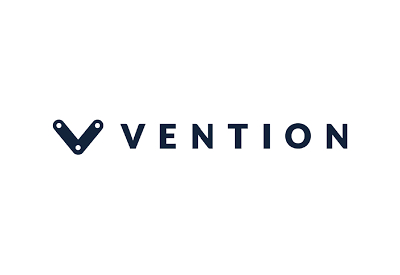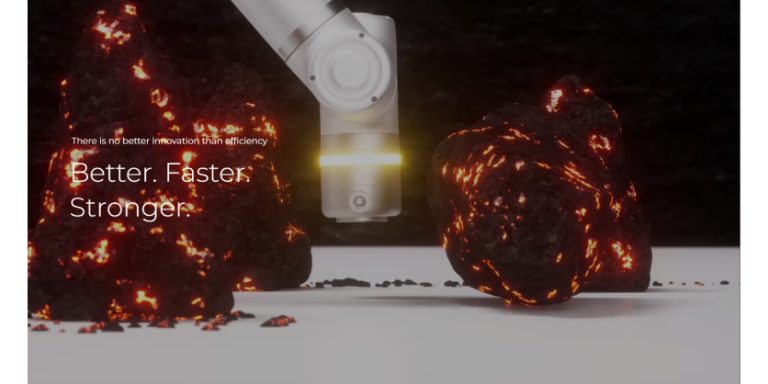Vention Introduces AI, Making Adoption of Automation Easier
December 20, 2024
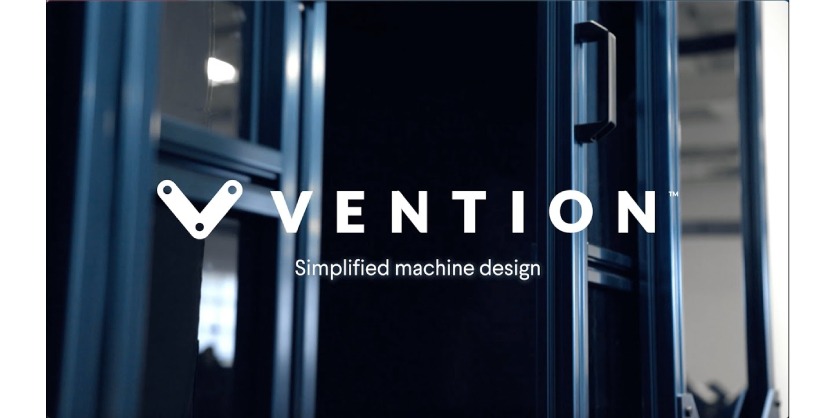
By Krystie Johnston
Vention has been on a mission to democratize automation since 2016. Etienne Lacroix, Founder and CEO of Vention, realized he could leverage software and technology to productize automation, making it more accessible to everyone. While working as an engineer and integrating systems for manufacturers, he noticed added costs and time delays occurred when automation was approached on a project-by-project basis. He saw what he calls ‘orphaned machines or code,’ and distinct variances between machines, so he started Vention to address this discord.
Vention’s Manufacturing Automation Platform is a full-stack, cloud-based automation platform that makes it easy and intuitive for people to build machines and automated systems using the same components. Lacroix says that to date, Vention’s ecosystem has more than 2,000 industrial Lego components that engineers and other automation professionals can choose from to create assembly lines, robotic cells, or other manufacturing equipment – without starting from scratch. Thousands of designs have already been created on the platform, and the introduction of AI is going to make the adoption of automation easier than ever.
AI Assists with Productizing the Building Blocks of Automation Systems – and Connecting Them so that They Work
Lacroix says one way they are using AI is to productize the components that machines and automated systems are built from and the design tools that create them. Like Lego, every component that is available on the platform is compatible and can be connected to create an infinite number of machines. Like ChatGPT uses words to create text, AI will use these components to make automated systems.
“When you mouse over your 3D scene where you are designing, you can mouse over an intersection of an extrusion or a conveyor, and the software will literally recommend or finish your design in that area. Think of this as the Gmail sentence completion, but applied to 3D design,” Lacroix says. “You no longer have to search the library of Lego parts to find the right components to go here and there. The software will do that for you. It predicts the next words, or the next parts that are already in production. And it is available free for our users.”
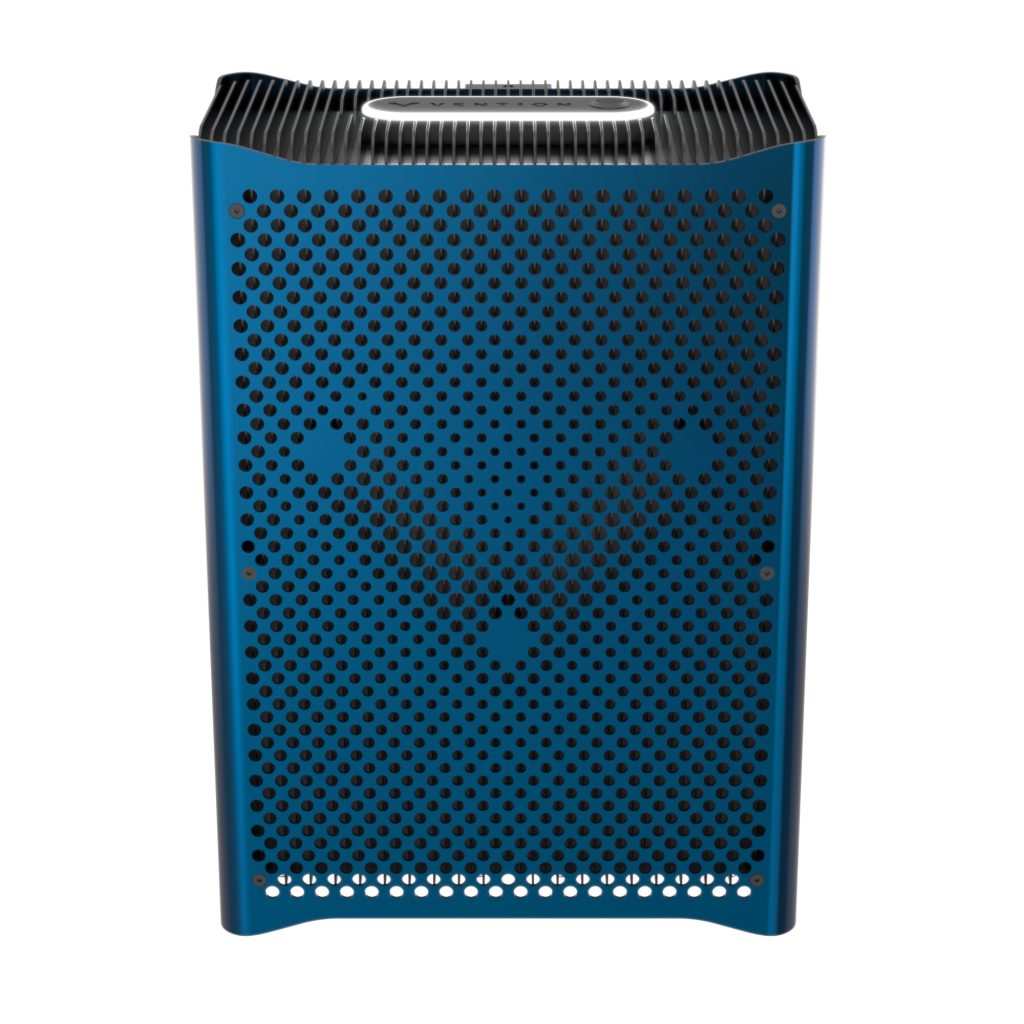
Lacroix says the platform is entirely free to design automated systems. It does not cost a dime until you purchase your equipment; capital expenditures are only made after the automation system has been proven in Vention’s digital twin. “This point is very important, because you want that digital twin to translate on a 1:1 basis. You do not want the robot to go in a certain way in the virtual world, and another way in the physical world.”
This aspect is critical to the democratization of automation because users – especially small to medium-sized enterprises – can design and validate an automation project, avoiding trial and error costs. “We are the only free-to-use physics engines for industrial automation where people can ensure that the box will go through the path without getting stuck.”
AI Uses Digital Twin to De-Risk How Automated Systems Operate on the Physical Floor
The current approach to automation is generally to theorize it; design it, buy all the components to make it, and then test it. Sometimes it works. Sometimes it does not. Lacroix says Vention’s platform de-risks this process, and the introduction of AI makes it possible to do more with the physics engine. “We can simulate friction, restitution, acceleration, speed, torque, gravity. So, you can not only theorize the technical aspects of your project – making sure that all the components are compatible – but also the process aspects. You can simulate process risks that could emerge. When you are done with this, you have de-risked your entire machine,” Lacroix says.
Vention is excited about the potential AI offers to help SMEs de-risk their automation projects before they make a purchase. Lacroix sees this as a pivotal step towards democratizing automation. “If you really want to de-risk a machine project, you need to test the physics of it. You need to test with gravity, and friction, because that is where the intricacies arise, that is where the opportunities to harness that expertise the system integrator has gained over the years come into testing and trying the real machine,” Lacroix explains. “If you can move that expertise into the virtual world, and de-risk before capex, you can create more attractive investment opportunities for SME’s.”
AI Takes Programming from the PLC to the Cloud, Breaking Old Limits
Vention is also excited about using AI to make programming automation systems easier. They have developed a programming copilot, so that a user only needs to enter a prompt instead of writing lines of code. This development is sure to make it easier and more intuitive than ever for people to automate their systems – especially for those who are not experienced programmers. Lacroix says that a lot of other people are trying to crack this technology, but Vention is unique because the programming is done within the context of the digital twin.
“Because people can program in Python, and because we have so many designs created on the cloud, we can have copilot programming. You do not need to write all the lines of code by yourself anymore. You can generate a prompt, such as, ‘Give me a function that indents the conveyor by 100mm every single time the robot drops a part on the table.’ You can write this and get the software to automatically generate that code, and you can pass it into the program,” Lacroix says.
Introducing AI to programming in Vention’s platform addresses the limitations of programming traditional PLCs. “In the traditional PLC environment, when you program, you program the I/Os without regard to the digital twin. There is no such thing as ‘a conveyor’. It is not clear where the conveyor gets placed in the 3D space when programming that way,” he says. “So, you get a very limited copilot programming versus what you can do when you always work within the context of the digital twin.”
AI Makes it Possible for Seamless Integration with AI-Ready Plug-and-Play Automation Controller
Lacroix says that AI is also being introduced to their proprietary hardware to advance their plug-and-play ecosystem of industrial components, making robots more autonomous than ever. “To do autonomous robotics, you need a lot of GPUs (graphic processing units) and machine learning models. That is why this year, we released MachineMotionAI, which is what I would describe as, ‘the first product of the post-PLC era’. And we have done that with the best GPUs you can find out there today, which are from NVIDIA,” Lacroix says. “It enables our users to basically put a brain on every single machine in a full plug-and-play fashion.”
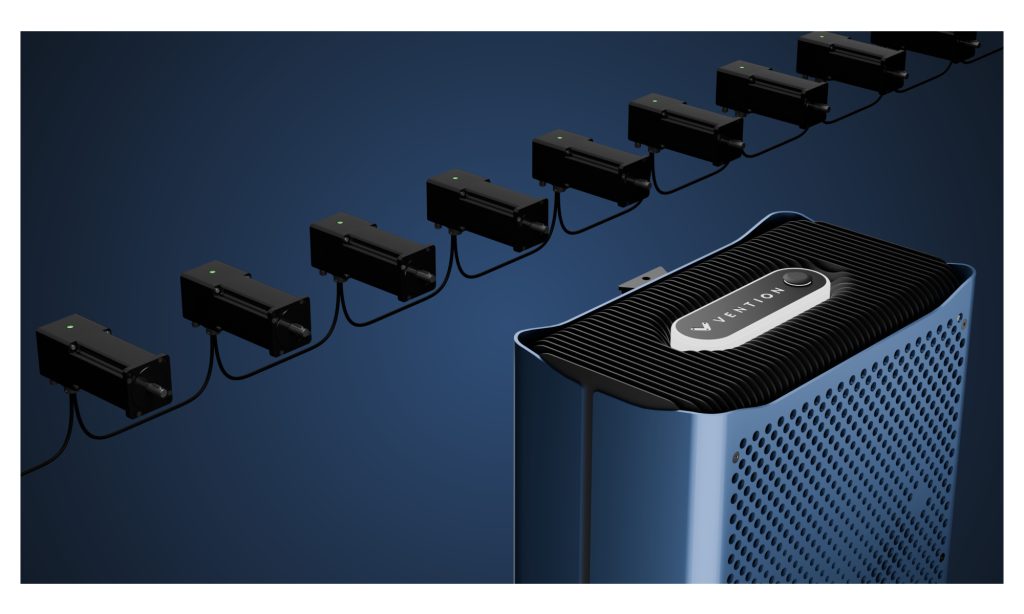
Lacroix says that with MachineMotionAI, you get a package with no integration left to do, and it is the only controller needed for any device. “MachineMotion AI supports up to 30 daisy-chain decentralized motors via EtherCAT protocols that can be fully synchronized if needed. It has 3,000 Watts of power in a single unit and is IP54-rated with passive cooling. It runs on NVIDIA GPUs and has daily over-the-air updates. You can get your firmware upgrade, and future updates, directly from cellular as opposed to being connected to the plant Wi-Fi, the latter of which is often more prohibited for cyber security reasons.”
Building an Ecosytem of Innovation
Vention also recently announced partnerships with NVIDIA and ABB that build upon their flourishing automation ecosystem. Lacroix says that approximately 5,000 engineers and automation specialists join the platform every month from small to medium and even large enterprises, from industries such as automotive, aerospace, defense, consumer electronics, power equipment, industrial equipment and more.

Vention serves more than 4,000 factories across Europe and the United States, they have headquarters in Quebec, Canada, and a European office and distribution centre in Berlin. To date, the company has over 275 employees in the United States, Canada, and Europe, and are experiencing a record period of growth that is projected to continue as manufacturing accelerates the adoption of technologies.
Lacroix says that this industry is at an inflection point, and as the keys to unlock the adoption of automation begin to turn faster, we will see these technologies undergo considerable growth. Lacroix is optimistic about the New Year and is excited to see what new doors Vention can help open.
More Information
Related Story
Vention Strengthens Executive Leadership Team After Record Period of Growth
Vention, the inventor of the world’s only full-stack, cloud-based automation platform, has announced the appointment of three new executives as it continues to capture market share in industrial automation based on the strength of its unique business model.

